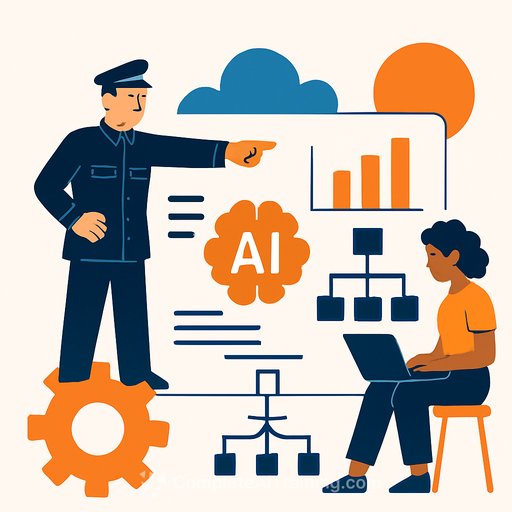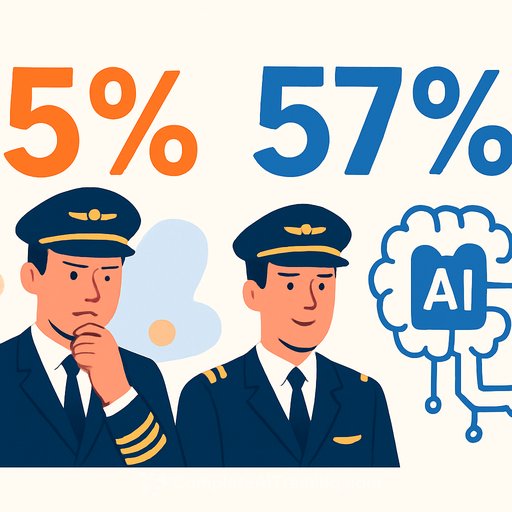The Problem with Command-and-Control Data Governance
If you’re reviewing your organization's data governance strategy, there's a strong chance it's misaligned with what the AI era demands. Data is the backbone of any business operation, regardless of industry. Its importance is even greater for AI initiatives, where the quality, accessibility, and security of data directly influence outcomes.
Data governance aims to ensure data is business-ready—high-quality, accessible, secure, and compliant. This is universally accepted. But the question remains: how do you achieve this? Most data governance programs fall short because they rely on a command-and-control structure with rigid policies dictating how data is handled.
These traditional programs prioritize identifying key datasets, protecting them, and maintaining quality through strict top-down controls. The organization acts as the sole creator and guardian of the “Data of Record,” delivering trusted data to its users. While well-intentioned, this approach no longer fits modern data realities.
Today, data creation happens at the edges. Field crews capture data via tablets, IoT systems and sensors generate constant streams of operational data, and project teams use AI tools to generate new insights and information. The volume of data created now dwarfs what was managed under traditional controls a decade ago.
Attempting to impose rigid control over this flood of data is not just impractical—it can be counterproductive. Moreover, organizations rarely know which data truly drives the most value. The answer lies with the users creating and interacting with data daily. They hold the key to identifying valuable data and leveraging it for business impact.
Shifting to a User-Empowered Data Governance Model
Data governance needs to evolve from controlling users to empowering them as data creators and curators. Instead of rigid rules, governance should be driven by critical questions:
- How can users be empowered to identify the most valuable data?
- How can their expertise organize and structure data for maximum impact?
- How can obstacles to creating high-value data be removed based on their insights?
- How can their knowledge help establish best practices for data management?
These questions apply to everyone, from desk-based employees to field crews and frontline customer staff. These individuals often have the clearest view of data quality issues, operational inefficiencies, and opportunities to improve profitability.
Democratizing Data Governance for Business Impact
Command-and-control data governance limits business growth by excluding those closest to the data. Empowering these workers with a bottom-up governance approach creates richer, more valuable data and clearer insight into what drives business results.
Start by instrumenting how employees use data and gathering their feedback on its value. Similar to how customer feedback guides product development, employee input can reveal which datasets deliver the most value, which have quality challenges, and where inefficiencies lie.
This feedback enables targeted improvements in data quality, accessibility, and compliance. It also allows organizations to implement strategic guardrails—guidelines that steer behavior without the rigidity of outdated policies.
Rethinking the Philosophy of Data Governance
The traditional philosophy of data governance needs a rethink. High-quality data isn’t achieved by dictating every step of the process. Effective utilization comes from allowing flexibility in how data is accessed and applied.
In the AI era, the road to better business outcomes runs through empowering your employees’ knowledge and experience with data. Embrace a governance model that supports that reality rather than trying to control it.
For executives and strategists ready to deepen their understanding of AI and data strategies, exploring targeted AI training can provide actionable skills and frameworks. Resources such as Complete AI Training’s latest courses offer practical insights to guide your next steps.
Your membership also unlocks:






